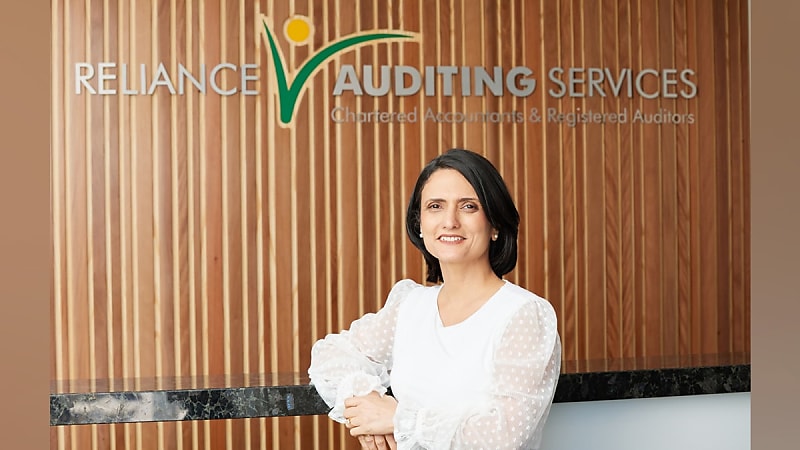ASFA’s land tax analogy and Div 296 ‘falls short’: industry leader
Remarks by ASFA chief executive Mary Delahunty that the Division 296 tax is similar to land tax “simply doesn’t hold”, a leading industry figure has said.
Naz Randeria, managing director of Reliance Auditing, slammed Delahunty’s dismissal of industry concerns as hand-wringing.
“Land tax is already a contentious issue and often an inequitable burden. It disproportionately affects owners of ancestral properties or large landholdings with modest improvements, where rental income often fails to cover the annual tax bill,” Randeria told SMSF Adviser.
“In cases involving vacant land, there’s no income at all — yet significant tax is still levied. These owners are frequently forced to sell, simply to meet their tax obligations.”
The issue is compounded as land tax is calculated on unimproved land value, as assessed by the Valuer General, and aggregated across all holdings, which pushes many into higher tax thresholds irrespective of income.
“SMSFs that hold direct property are not exempt from land tax either, a fact Ms Delahunty seems to overlook,” Randeria said.
“By comparing Division 296 to land tax, Ms Delahunty inadvertently reinforces the industry’s concerns. SMSF members with appreciating property values may now be hit with both annual land tax and a tax on unrealised capital gains. If the fund lacks liquidity to cover these taxes, trustees may need to pay out of pocket — an option not always feasible — or sell assets, often at a disadvantageous time.”
Randeria added that the implications are significant for SMSFs holding illiquid, long-term investments like property or infrastructure.
“Taxing paper wealth may force premature sales, undermining long-term investment goals. This is not hypothetical — it’s a real and growing risk.”
“These concerns are echoed in the RBA’s recent Financial Stability Review, which noted that nearly 50 per cent of assets in large APRA-regulated funds are held offshore. Many of these are currency-hedged, exposing them to liquidity stress if the Australian dollar falls.”
Furthermore, she noted that funds could face margin calls in such a scenario, triggering rushed asset sales and weakening the broader financial system. Introducing a tax on unrealised gains would only heighten this volatility.
“Consider a high-income earner earning $250,000 who has responsibly built a super balance above $3 million. Their employer contributions are already taxed at 30 per cent under Division 293,” she continued.
“Division 296 would impose an extra 15 per cent on earnings, including unrealised gains, above the threshold. If their SMSF holds property, they also face annual land tax, and on death, a further 15 per cent death benefits tax may apply. The effective marginal tax rate on their super could exceed 60 per cent. This isn’t tax fairness — it’s penalising responsible saving.”
Randeria added that Div 296 also sets a worrying precedent and noted that if super gains can be taxed before they’re realised, “what’s to stop this logic extending to shares, property, or small businesses?”
“At a time when APRA is already scrutinising valuation and liquidity practices, taxing unrealised gains is anything but prudent. For SMSF trustees and professionals, Div 296 marks a fundamental shift in how super is taxed — one that threatens stability, investor confidence, and the long-standing principles of our retirement system.”
“This policy doesn’t need refining — it needs to be scrapped before it causes lasting damage.”








